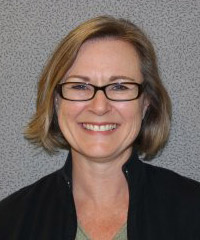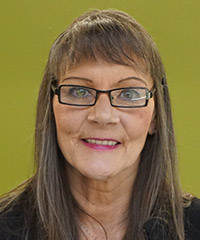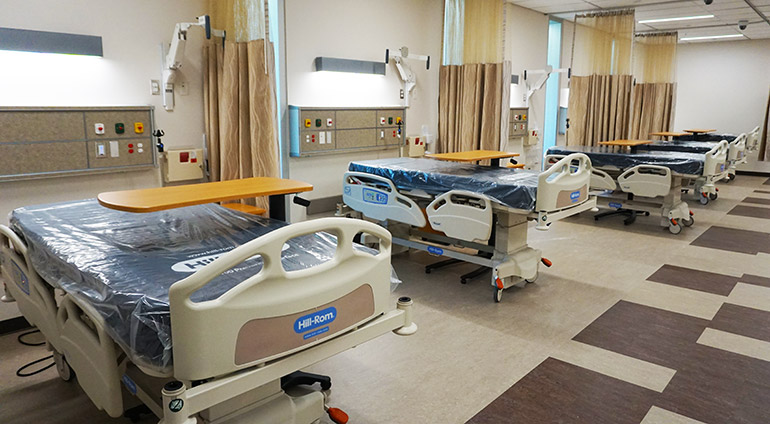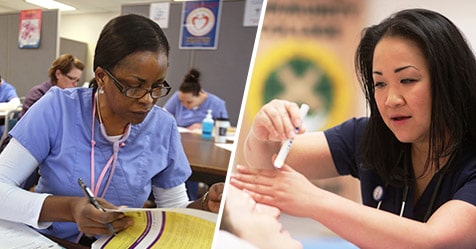A $30 million renovation will be the college’s first significant capital project in more than a decade.
But the investment will have been more than just monetary.
The real investment will be in students who will become future nurses, medical assistants and more in the health care industry.
As faculty organize their offices and prepare their classrooms over winter break, day by day the new Health and Life Sciences Building is slowly turning into a hub for students pursuing degrees in health care and the STEM field.
Scheduled to open to students in winter 2020, the three-story building will house Highline College’s Nursing, Respiratory Care, Healthcare Professions, Nursing Assistant and Physical Education departments as well as biology, anatomy and physiology labs. A Wellness Center and a personal fitness trainer lab will also be on the building’s first floor.
Teresa (Teri) Trillo, an instructor at Highline since 2002 and the Nursing program coordinator for 10 years, said the renovation of Building 26 is a “dream come true” for the Nursing department.

Teresa Trillo
Maria Carpenter and I were graduates of the [Nursing] program in 1995,” she said. “When I started teaching on campus in 2002, there were rumors of a health and occupations building.”
However, the capital project didn’t pass state budget negotiations, and they continued working and hoping.
Now, Carpenter and Trillo look forward to making the dream a reality so that they can continue to provide “the best there is to offer in nursing education to support the next generation in the profession.”
“I feel privileged to be a part of the renovation of our facilities,” she said. “Over the years, we have managed to maintain excellence in our program despite limited resources, which include faculty shortages.”
The new Health and Life Sciences Building will catapult that success, however.
New simulation labs will greatly benefit Nursing, Respiratory Care and Healthcare Professions students in their learning. The labs will provide space for students to run through “high fidelity patient care scenarios” that will challenge their critical thinking skills and identify strengths and needs, Trillo explained.
For example, a simulation scenario might have students assessing a patient (mannequin) who is experiencing a cardiac arrest (heart attack). Students would then use their knowledge and critical judgement to properly intervene with medications and appropriate actions, such as calling a code, starting an IV and/or starting CPR. When the scenario is done, the debrief includes discussion on what went well and what could be improved. Scenarios are often recorded to assist with the debrief process.
“We’ll have actual patient rooms, so it will simulate more like a medical clinic when you go see the doctor,” Laurel Lunden, Highline’s Healthcare Professions coordinator, said. “We’ll also have cameras so we can start videotaping or watching students as they perform and practice their skills.”

Laurel Lunden
Once the Nursing program is proficient using simulation, Trillo said the goal will be to increase capacity as allowed by the Nursing Care Quality Assurance Commission (the state board of nursing), so simulation could apply toward up to 50 percent of clinical practicum time. Highline’s nursing students must complete 500 hours of clinical practice before graduating. Nursing programs have experienced increasing difficulty in placing students because of clinical site shortages, Trillo said.

Alison Joyce
“It is an amazing learning experience for all participants,” Trillo said. “The plan is for our program to implement simulation into all six levels of our program to stimulate critical thinking and nursing process in all courses and supplement our clinical practicum.”
The physical structure of the new building will also expand classroom space, produce more classes, allow instructors’ offices to be located near classrooms and provide new technology for student and faculty use.
“I think anytime an entity remodels … it’s a reflection of growth,” Alison Joyce, a Healthcare Professions instructor, said. “Knowing we have this desire to stay on top of technology, on top of keeping up with the field, we already have a good reputation, but it’ll be like, ‘Hey, they’re doing well as they’re growing.’”



